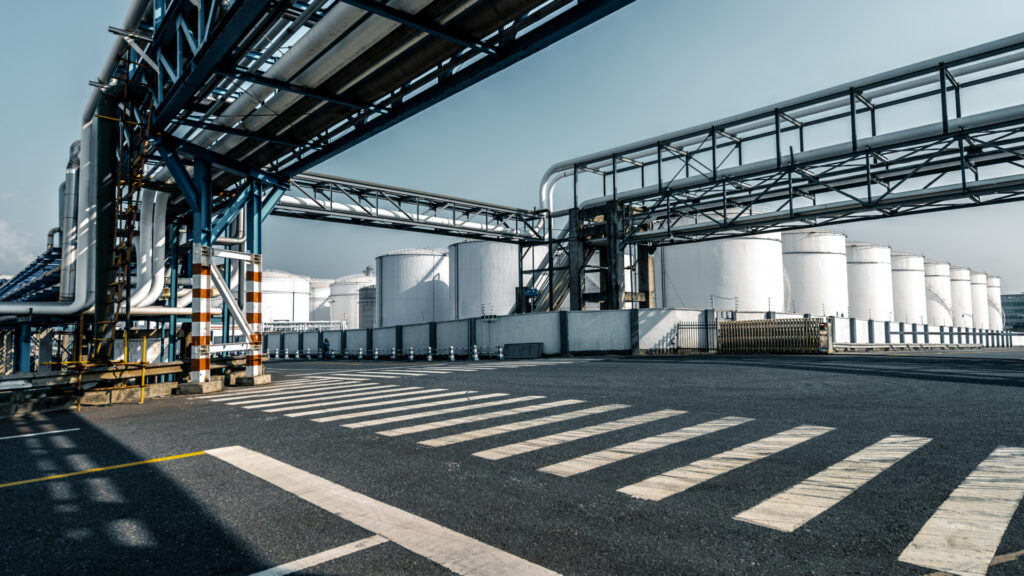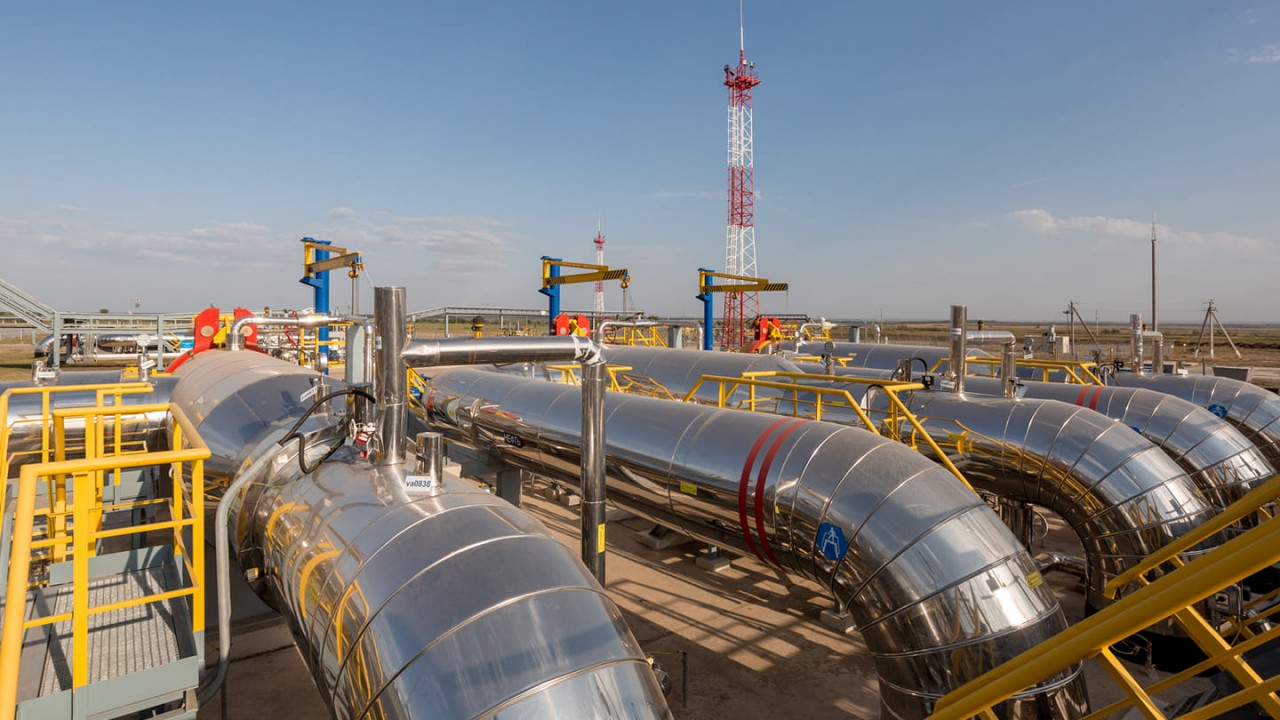Transportation and Sales
- Main
- Our Business
- Transportation and Sales
Transportation and Sales


Kazakhstan is largely a landlocked country, therefore more exports will require an expanded transportation infrastructure. Thankfully, there has been a lot of progress in this infrastructure during the last few years. Strong ties with the parent firm provide LLP Saryarka-Energy with consistent access to pipeline infrastructure. For the corporation, the CPC and UAS pipelines represent significant export markets. LLP Saryarka-Energy is the refinery’s principal supplier in Atyrau. China imports its crude oil from Kazakhstan through a pipeline that links the two nations.
Until recently, the 1,500 km Uzen-Atyrau-Samara (UAS) pipeline traveled via Russia to reach Samara, the company’s main export market. Since 2008, this has been enhanced by the 1,510 km pipeline constructed by the Caspian Pipeline Consortium (CPC) to the Black Sea city-port of Novorossiysk in Russia. Because this is a more profitable route for the enterprise, we are attempting to raise the percentage of exports through CPC.
Atasu-Alashankou, a 1,000 km pipeline that links China and Kazakhstan, began operating in December 2008 with a capacity of 10 million tonnes annually (200 kbopd), which is anticipated to double in the ensuing years. Alternative pipeline routes from Kazakhstan are under consideration. A new path was established in July 2009 when the first straight pipeline with a capacity of 50 million tonnes (1,000 kbopd) was built to connect the Mediterranean Sea and the Caspian Sea. Operating since July 2010, the Baku-Tbilisi-Ceyhan pipeline links Baku, Azerbaijan, with the Turkish port of Ceyhan. This pipeline provides a possible detour for Kazakhstan’s oil.
The aforementioned examples demonstrate that Kazakhstan benefits from a notable expansion and diversification of its access to the export market, even in spite of its dependence on its neighbors for the export of its oil. Because of our strong ties to our parent firm, the firm is assured access to the oil transport infrastructure held by LLP Saryarka-Energy. In 2016, LLP Saryarka-Energy’s main properties, UMG and EMG, generated 59% of their crude oil for export. The CPC pipeline handled 26% of the Company’s (UMG and EMG) crude oil sales during this period, while the UAS pipeline handled 33% of them.
